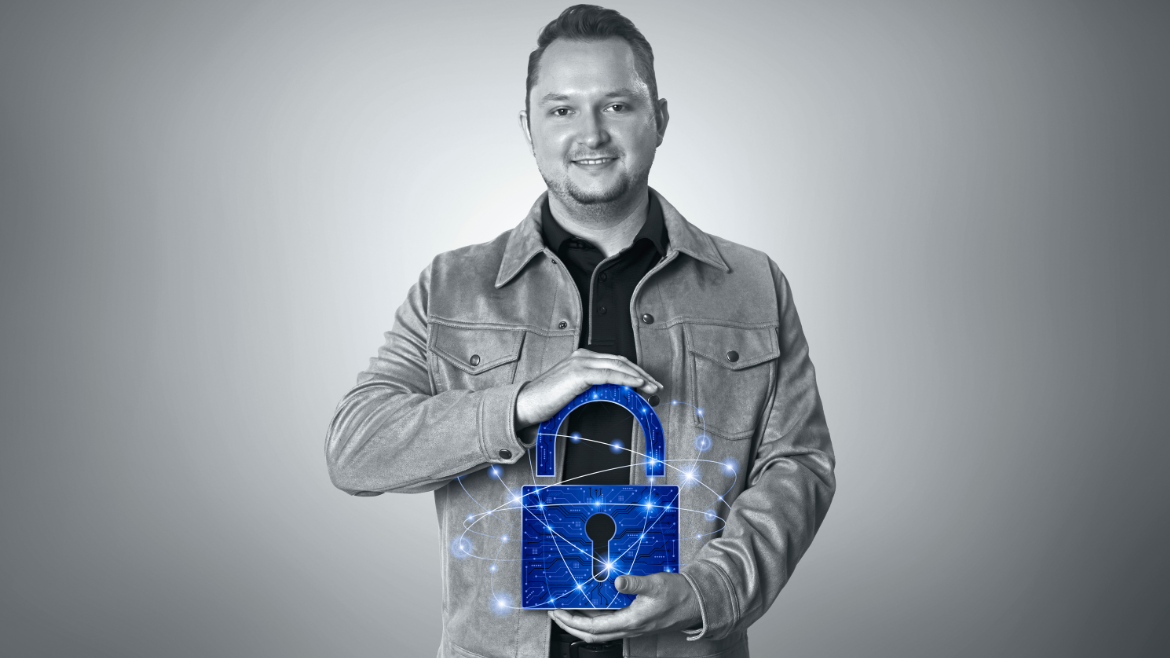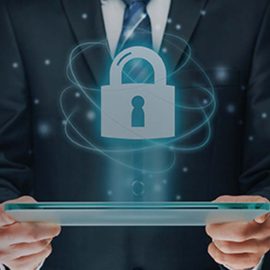
In today’s digital age, cybersecurity is more critical than ever. With the increasing number of cyber threats, protecting sensitive information and systems has become a top priority for individuals and organizations alike. One of the most effective measures to enhance security is multi-factor authentication (MFA).
MFA adds an extra layer of protection to the login process, making it significantly harder for unauthorized users to gain access to accounts and systems. By requiring multiple forms of verification, such as a password and a one-time code sent to a mobile device, MFA ensures that even if one factor is compromised, the account remains secure. Security experts widely agree that MFA is a key factor in safeguarding digital assets. For business and organizational leaders, understanding and implementing MFA is crucial.
Understanding Multi-factor Authentication (MFA)
Multi-Factor Authentication (MFA) enhances security by requiring multiple methods of verifying identity. These methods are typically categorized into three main types:
- Something you know:
-
- Password: A secret word or phrase used to gain access.
-
- Personal Identification Number (PIN): A numeric code used for authentication.
-
- Security Question: A question only the user should know the answer to.
- Something you have:
-
- Smartphone: Often used to receive a one-time code via SMS or an authentication app.
-
- Security Token: A physical device that generates a unique code.
-
- Smart Card/ID Badge: A card with embedded credentials used for access.
- Something you are:
-
- Fingerprint: Biometric verification using a fingerprint scan.
-
- Retinal Scan: Biometric verification using a scan of the retina.
By requiring multiple authentication factors, MFA ensures that even if one factor (such as a password) is compromised, unauthorized access is still blocked. This layered security approach is crucial as attackers develop increasingly sophisticated methods for stealing credentials. For example, even if a hacker obtains your password, they would still need access to your smartphone or biometric data to gain entry.
Implementing Multi-Factor Authentication (MFA)
When implementing MFA, it is essential to prioritize public-facing services such as email, remote access solutions, banking accounts, and other cloud applications. These services are particularly vulnerable because they can be accessed from the internet, making them prime targets for cyberattacks like phishing and brute force attacks. Enabling MFA on these services adds an extra layer of protection, making it significantly harder for unauthorized users to gain access. Securing these high-risk entry points is a critical first step.
Here are some key steps to effectively implement MFA:
- Identify High-Risk Services: Start by identifying which services and applications you use are most vulnerable to attacks. As mentioned, public-facing services should be at the top of the list.
- Choose Appropriate MFA Methods: Select the MFA methods that best suit your organization’s needs. This could include SMS-based codes, authentication apps, hardware tokens, or biometric verification.
- Integrate MFA with Existing Systems: Ensure that the chosen MFA solution integrates seamlessly with your existing IT infrastructure. This might involve working with your IT team or a third-party provider to implement the necessary changes.
- Educate and Train Users: Educate your employees or users about the importance of MFA and how to use it. Provide training sessions and resources to help them understand the new authentication process.
- Monitor and Adjust: Continuously monitor the effectiveness of your MFA implementation. Be prepared to make adjustments based on user feedback and any emerging security threats.
- Enforce MFA Policies: Implement policies that require the use of MFA for accessing critical systems and data. Ensure compliance through regular audits and by making MFA a mandatory part of your security protocols.
By following these steps, organizations can significantly enhance their security posture. Implementing MFA is not just about adding an extra step to the login process; it’s about creating a robust defense against increasingly sophisticated cyber threats.
MFA Integration with Modern Applications
The integration of modern applications with Multi-Factor Authentication (MFA) is crucial for enhancing security and streamlining user access. Many contemporary applications and websites come with built-in MFA options that can be easily activated. However, some applications may require integration with third-party providers like Duo or Okta to implement MFA effectively.
Third-Party Integration Efforts
- Single Sign-On (SSO): By integrating with third-party providers, organizations can leverage SSO, allowing users to access multiple platforms with a single set of credentials. This not only simplifies the login process but also reduces the risk of password fatigue and related security issues.
- Enhanced Security: MFA adds an extra layer of security by requiring users to provide multiple forms of verification. This significantly reduces the likelihood of unauthorized access, protecting sensitive data and systems.
- Improved Productivity: With SSO, users spend less time managing multiple passwords and more time on productive tasks. This seamless access to various applications enhances overall efficiency within the organization.
The Role of Cyber Insurance
Cyber insurance is crucial for mitigating financial risks associated with cyber threats. Implementing Multi-Factor Authentication (MFA) can significantly impact insurance premiums and coverage. Organizations without MFA may face higher premiums or even lose coverage, as insurers view MFA as essential for reducing the risk of unauthorized access and data breaches. By adopting MFA, organizations not only enhance their security posture but also secure more favorable insurance terms, making it a critical component of any modern security strategy.
In an era where cyber threats are increasingly sophisticated, implementing Multi-Factor Authentication (MFA) is essential for protecting sensitive information and systems. MFA not only enhances security by adding multiple layers of verification but also plays a crucial role in securing favorable cyber insurance terms. By integrating MFA with modern applications and leveraging third-party providers, organizations can streamline user access and improve productivity.
At Rehmann, we understand the complexities of cybersecurity and the importance of a robust MFA strategy. Our team of experts is dedicated to helping you navigate these challenges and implement effective solutions tailored to your organization’s needs. By prioritizing security and leveraging our expertise, you can safeguard your digital assets and ensure a resilient cybersecurity posture.






